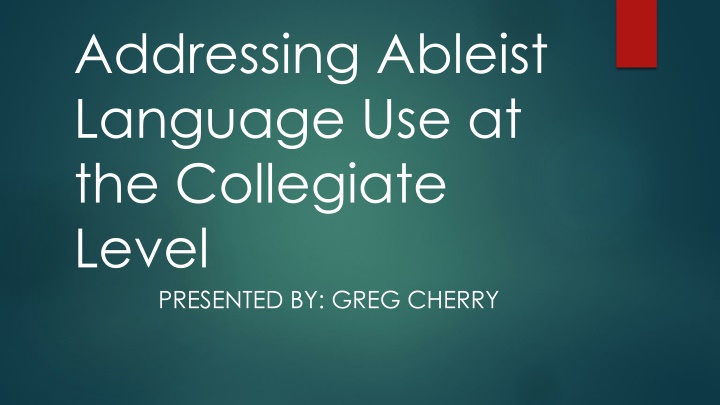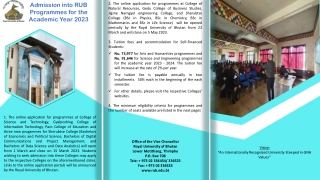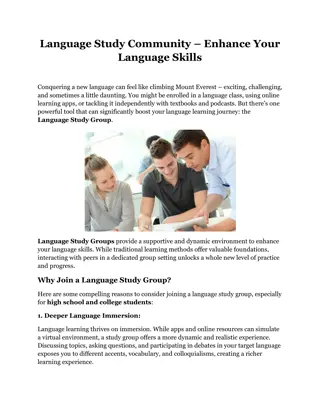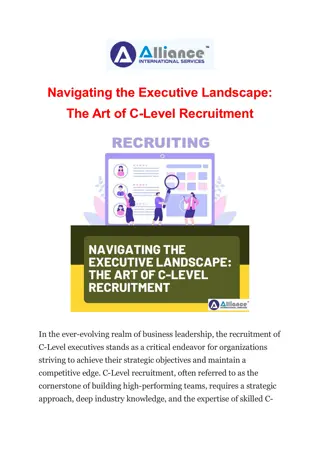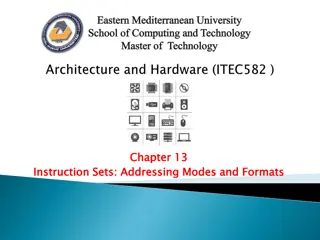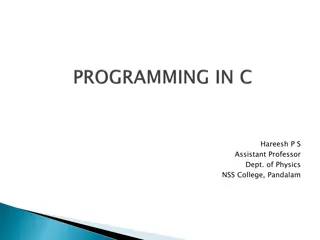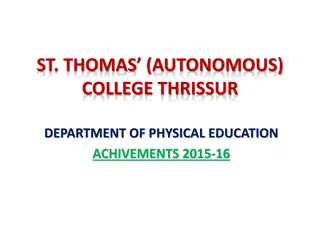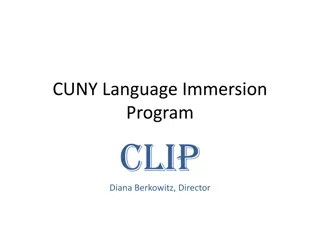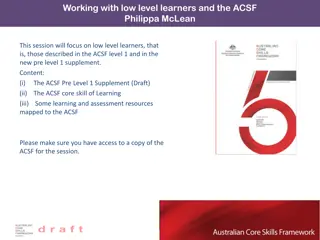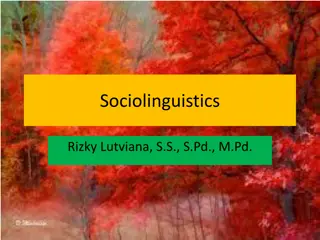Addressing Ableist Language at the College Level
In this presentation by Greg Cherry, the focus is on addressing ableist language use at the collegiate level. Greg provides insights on ableism, ableist language, and everyday ableist metaphors, along with strategies and tools to create inclusive spaces. Learn about the discrimination against individuals with disabilities, recognize harmful metaphors, and engage in dialogue to promote inclusivity.
Download Presentation

Please find below an Image/Link to download the presentation.
The content on the website is provided AS IS for your information and personal use only. It may not be sold, licensed, or shared on other websites without obtaining consent from the author.If you encounter any issues during the download, it is possible that the publisher has removed the file from their server.
You are allowed to download the files provided on this website for personal or commercial use, subject to the condition that they are used lawfully. All files are the property of their respective owners.
The content on the website is provided AS IS for your information and personal use only. It may not be sold, licensed, or shared on other websites without obtaining consent from the author.
E N D
Presentation Transcript
Addressing Ableist Language Use at the Collegiate Level PRESENTED BY: GREG CHERRY
Background of Presenter Undergraduate Institution: Bowling Green State University Worked very closely with Dance Marathon raising money for the Children s Miracle Network (April 2010 May 2014) Served as a Student Worker in the Disability Services Office (February 2012 May 2014) Current Graduate Institution: Miami University Second year masters student Student Affairs in Higher Education Assistantship in the Office of Residence Life Currently hold a practicum with the Student Disability Services Office
During This Presentation. . . There will be plenty of open discussion. Audience is encouraged to share their opinions, whether they align with or contradict the views of the presenter. What will be covered: Ableism and ableist language use, with a heavy emphasis on metaphors. Strategies, tools, and ideas to address ableist language use and create inclusive spaces. Plausible real-life practice situations.
Learning Outcomes Audience members will have an understanding of what ableist language is. Audience members will be able to recognize various metaphors used in everyday language that marginalize the disability community. Audience members will be able to engage students and colleagues in dialogue around ableist language use. Audience members will know steps on how to create inclusive spaces for students and colleagues with disabilities.
Ableism and Language Ableism The discrimination or prejudice against individuals with disabilities Retrieved from: http://www.merriam-webster.com/dictionary/ableism Ableist Language The use of language that discriminates or creates prejudice against individuals with disabilities. Disability Terminology Chart: http://www.courts.ca.gov/partners/documents/7- terminology.pdf - thoughts? Disability Studies scholars have critiqued disability metaphors for eliding the embodied lives of disabled people. . .for objectively emphasizing deficiencies, and for representing disability as disorder all of which reflect back on people with disabilities (Vidali, 2010, p. 35).
Everyday Ableist Metaphors In my blind spot I m so OCD I m so ADHD You re insane You re so lame Lame: Having a body part and especially a limb so disabled as to impair freedom of movement (http://www.merriam- webster.com/dictionary/lame) That s so retarded Retarded: Slow or limited in intellectual or emotional development or academic progress (http://www.merriam- webster.com/dictionary/retarded)
How to Address Ableist Language Through Dialogue Most times, individuals are unaware of the meaning behind their words. Engage students, staff, and colleagues with the following questions: What did you mean by that? Have you thought of how that word could be harmful to others? Let s unwrap the meaning behind X word and talk about that together Audience share - Other suggestions that have worked for you? It s easy to get defensive when addressed about language use. Approach conversation through an open dialogue approach. Not everyone will take your feedback, but you don t know who may be appreciative of you addressing the situation.
Creating Inclusive Spaces through Programming Active: Movies with closed captioning School traditions trivia Learning styles workshop Guest speaker series Programming with little to no physical demands Make sure programming space has physical accessibility (ADA compliant) Passive: Bulletin board talking about the history of the ADA Supplemental handouts in high traffic areas learning center(s), disability services office, counseling services, etc.
Case Study Scenarios You re sitting in your office as a group of students pass by. You hear one of the students say, Man, that test was so easy it was retarded. You hear another student say, Yeah. . . in what sounds to be an uneasy voice. As you look up from your desk, you realize that you recognize both students. What are your next steps? What barriers, if any, exist? During a staff meeting, someone asks where the admissions building is located. Your supervisor leading the meeting says, Oh, it s over by the counseling services building, you know, where all the crazies go . You notice individuals in the room seem to be smiling uneasy. What are your next steps? What barriers, if any, exist?
In Conclusion Ableist language is common and ingrained in our society. There are constructive ways to address ableist language use. While there is what is considered to be appropriate terminology, respect how an individual self-identifies. Language use is ever evolving. Never assume an individual s ability status. Some individuals have an opportunity to disclose while others do not.
References Disability Terminology Chart. Retrieved from: http://www.courts.ca.gov/partners/documents/7-terminology.pdf Vidali, A. (2010). Seeing what we know: Disability and theories of metaphor. Journal of Literary & Cultural Disability Studies, 4(1), 33-54.
